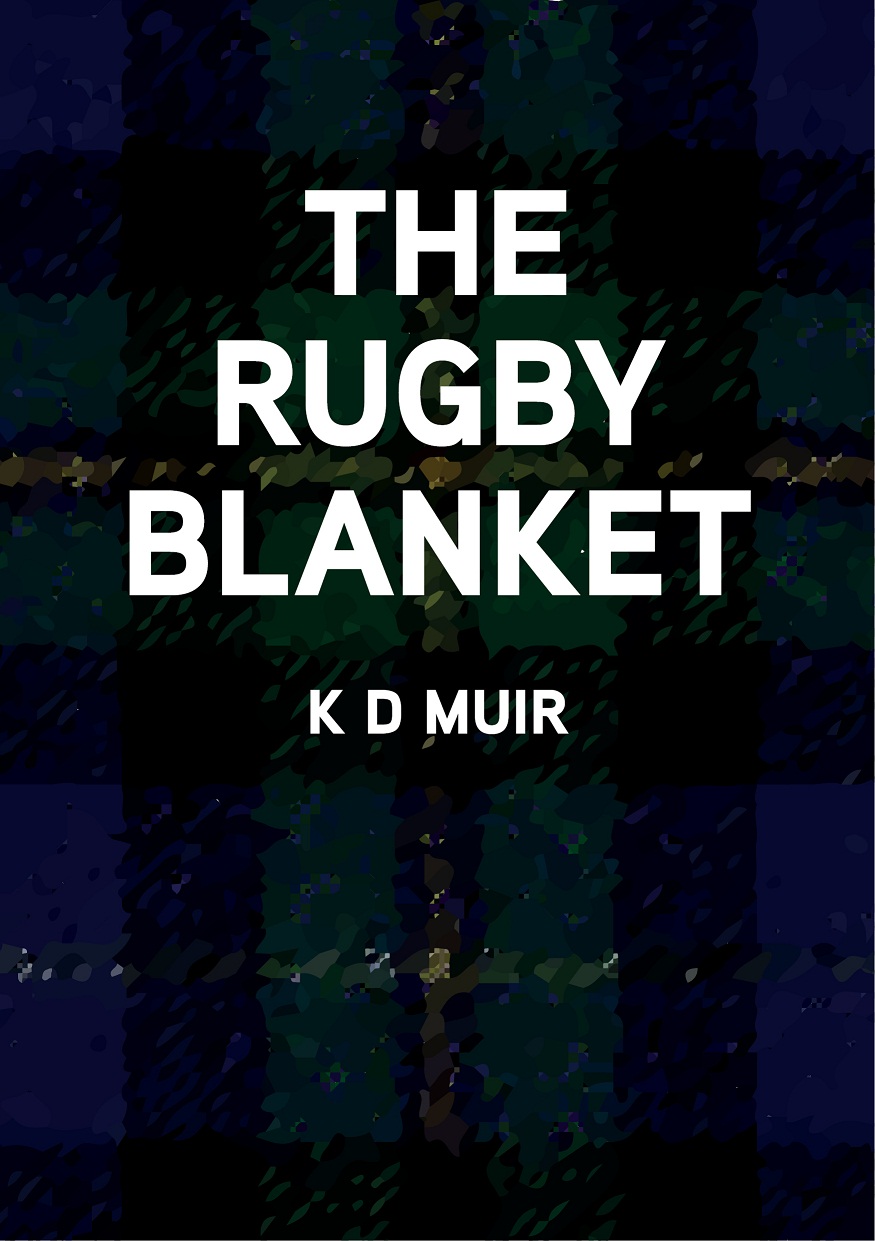The Population of Your Novel
My latest writing adventure involves, at most, two major characters and it has me wondering about the way writers populate their novels. I haven’t, as yet, started a work with the entire population of the book already thought through. Additions eventuate. There is always some distant relative that sneaks their way in. Sometimes that relative is not so distant as I seem to recall I have added close relatives at the last minute also. There are other examples. Perhaps they are a stranger on a bus or just another added to a large group at a table. Adding these characters could be an example of an additional narrative. They are not necessarily there for long but they may have something critical to say or their actions for one moment may contribute to the novels movement. In this way additional characters can provide a physical narrative to your ‘third person’ voice.
I am not quite as disorganized as I make out here though. From start to finish, I am aware of the critical characters in my book and how they shape the story. This includes how much time the reader spends with them. But consider this. Is there a rule of thumb about a comfortable number of characters in a book? Obviously there is a primary character, as a rule but is there a limit to the secondary or tertiary figures in your novel? When do you say no to an extra’s involvement? How many is one too many? These are all questions related in some way to population. The first answer I have come up with regarding the way a writer populates is – The Setting.
In broad terms, you only have to look at the Urban vs Rural settings to see the way a book is populated and in turn how it affects interactions. In a rural setting such as a farming community, this allows the writer to spend a lot of time with one character and their thought processes without dialogue. By default this promotes strong character development and each character gets long periods of attention just as they would in a living breathing farming community. Everyone has more time and therefore more time for each other. Because of this you may also experience long sprawling passages of dialogue as those involved in a conversation have more time. The setting is really something to think about when defining your character strength and the depths you are willing to go.
In an Urban setting such as Manhattan the conversations and interactions may be kept more brief because it is a borough of over one and a half million inhabitants (25,000 per sq/km) and everyone has somewhere to be. In the city people are laconic, they may be rude at times and certainly abrupt. There will be more one off cameo’s in a novel set in an urban environment because that is the way people live their lives. It is harder to create character depth in this scenario because of the bustle and so I think a little wording economy is in order. It pays to be succinct.
One more example would be the international spy novels or the cross border ‘treasure hunts’ that are also popular. While it is possible to give your main character strength, the constant introduction to new countries, locations and characters can make others seem like cardboard cut outs. Not always of course.
So when you have finally read that first draft from start to finish, ask yourself: Is there room for one more? or Who can go?













I have recently started a web site, the info you offer on this website has helped me greatly. Thank you for all of your time & work.
Hi, I recently came across a web site by way of Bing whilst purchasing a corresponding issue, your site emerged, seems superior. Relating to book marked this inside my google and yahoo bookmarks.